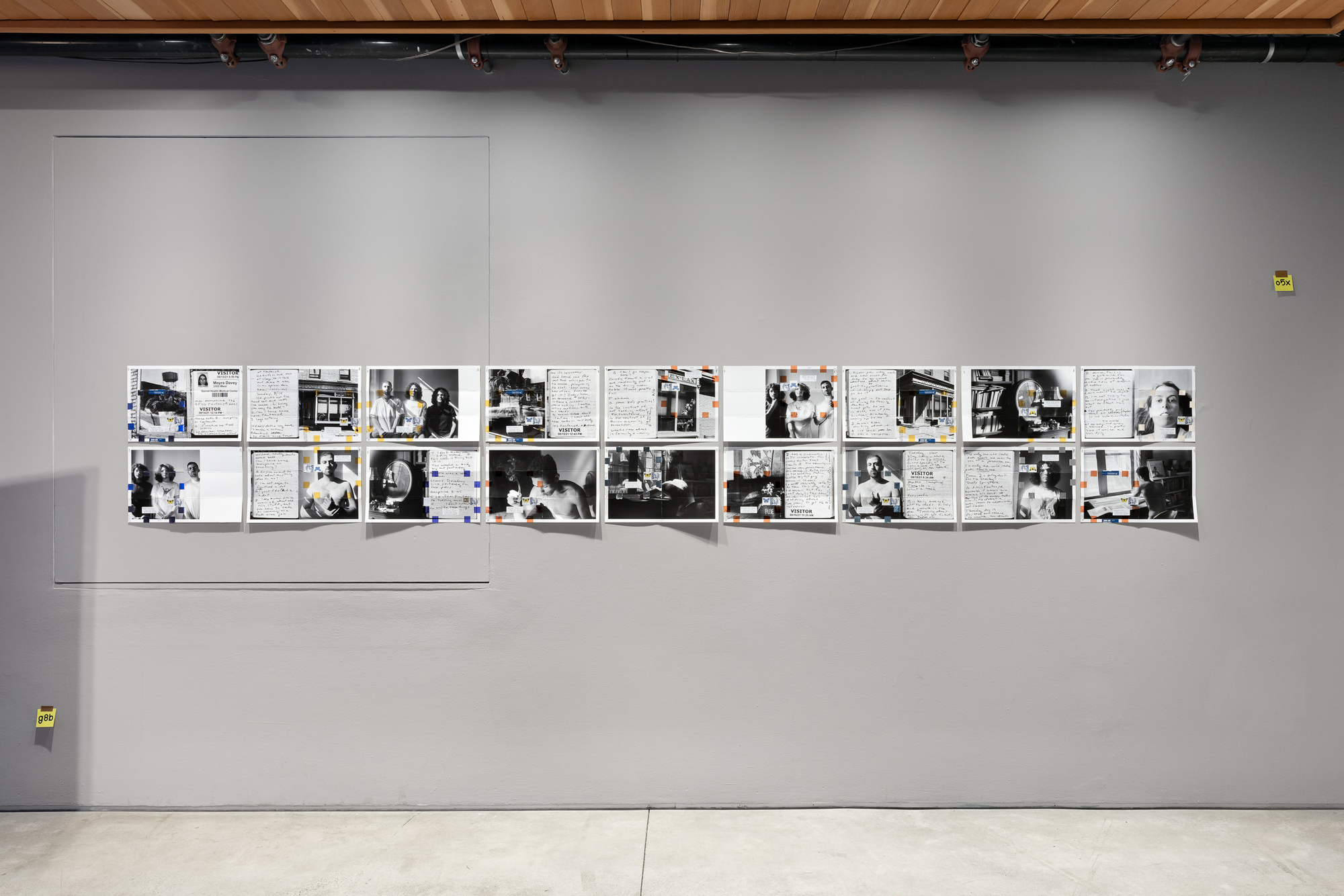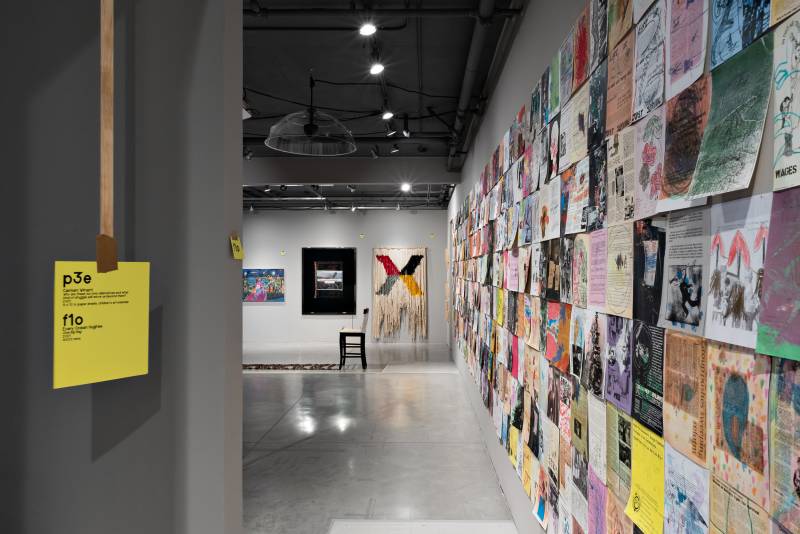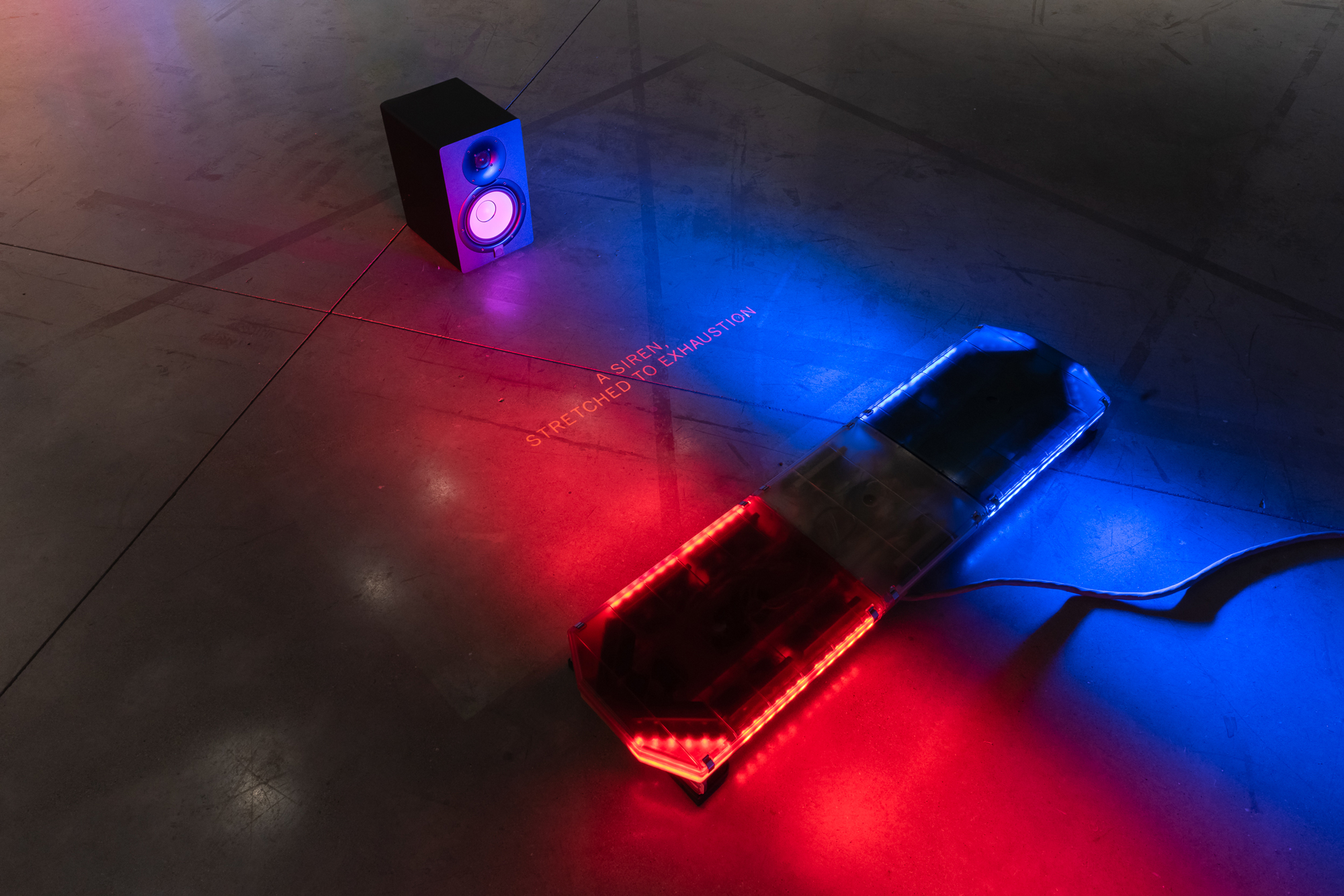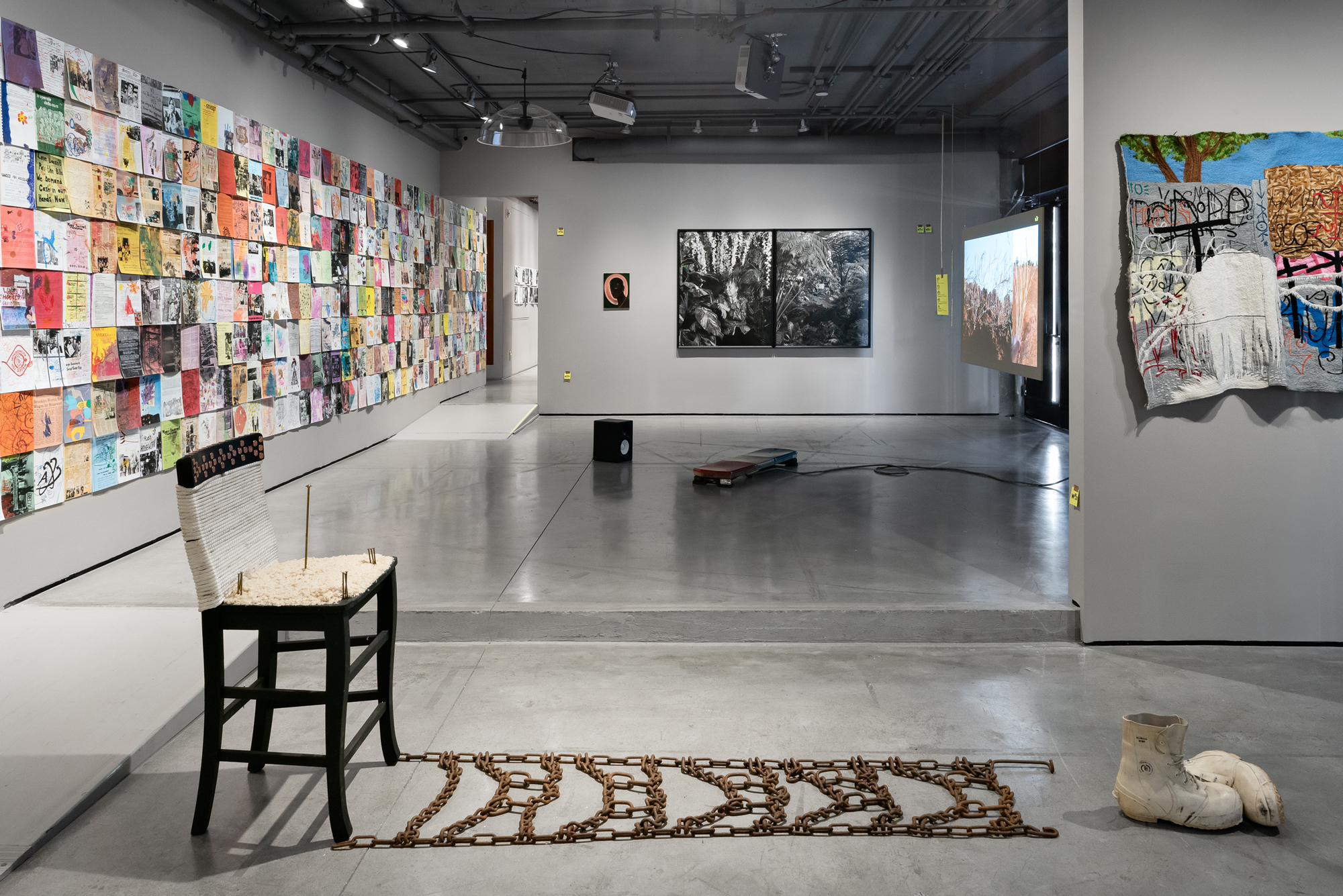Looking back at the past four years is not necessarily something I’m ready to do, and yet it’s exactly what the latest exhibition at KADIST demands. For Makeshift Memorials, Small Revolutions, curators Lindsay Albert, Joseph del Pesco and Jo-ey Tang have attempted to collate artistic responses to the COVID-19 pandemic, and the cultural shifts it brought into focus.
Good art is often celebrated for its timelessness, but this exhibition turns that idea on its head. Here we are tasked with time traveling back to the very recent past. A bowl of individually wrapped KN-95 masks on the front desk of the gallery helps usher in that transition.
Makeshift Memorials is purposefully positioned against the impending U.S. presidential election, and the larger social context we are living through. In order to meet the moment effectively, the work (selected from the KADIST collection) must both represent our time and add to the continuum of art history. This is a tall order for any show. Here, visually and emotionally demanding paintings, videos, sculptures, photos, weavings and drawings hang side by side — competing for space and attention.

Upon entering the gallery visitors are confronted with an unconventional and slightly disruptive exhibition design. Highlighter-yellow sheets of A4 paper hang from the ceiling off wooden sticks, secured with torn pieces of brown packing tape. Caption details for the artworks on display are printed in bold black letters. Above each caption is an undecodable indexing system.
For example, if you want to learn more about Moyra Davey’s photographic series Visitor (2022), you are directed by the wall label to find “o5x” in the exhibition’s printed booklet (or the accompanying digital version via QR code). This mix of letters and numbers was randomly generated by the exhibition designer. It’s inventive, but visually overpowers the already crowded room. Over 40 artists share the small space.




